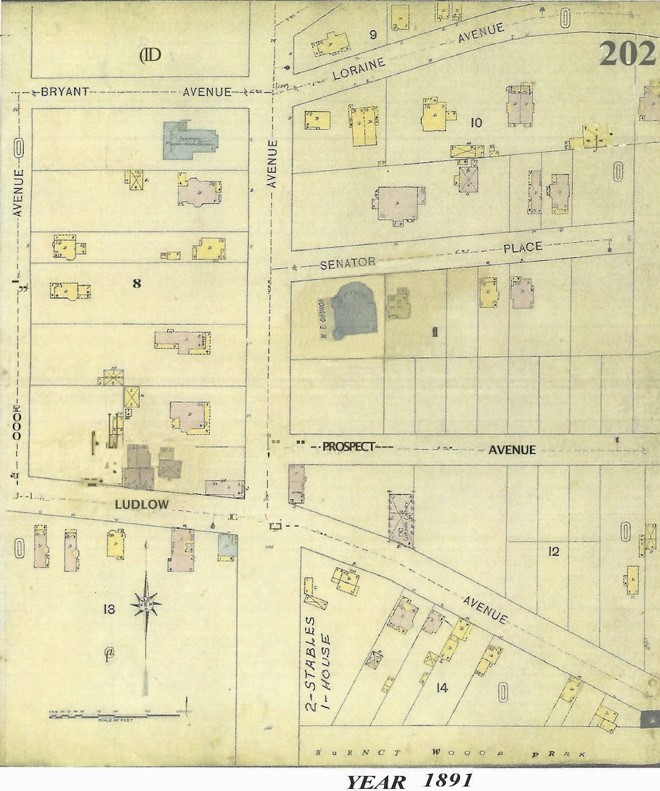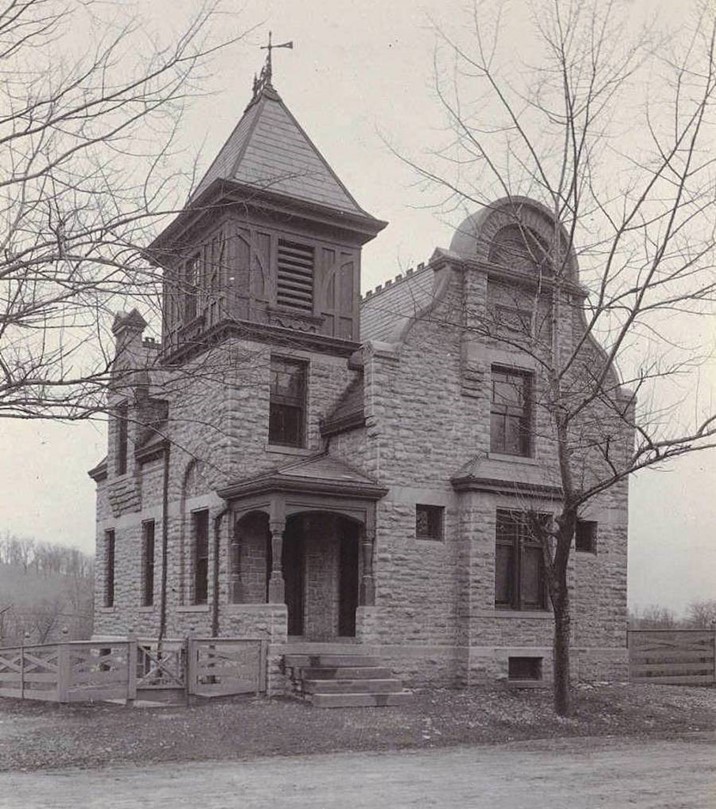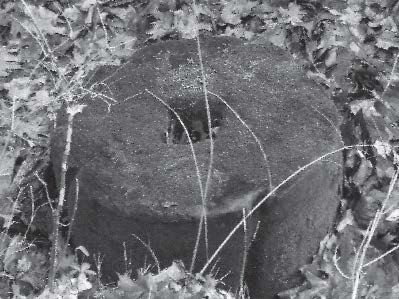By Geoff Gelke, The History Buffs
This article was first published in the Summer 2022 Clifton Chronicle.
What could be more iconic to Clifton than the intersection of Clifton and Ludlow avenues? It wasn’t always as it appears today. Let’s time-travel corner to corner:
The Southwest Corner: The beautiful Beaux Arts Firehouse No. 34 was built in 1906, designed by architect Harry Hake to house the fire vehicles and horses serving Clifton. The earlier firehouse had been included in the town hall/school complex located at Clifton and Central (now McAlpin) avenues. The complex was becoming so run down that Mr. Balsch – resident of the grand McDonald mansion next door – complained that he wouldn’t send his son there. Hence the impetus to build a new school in 1905, and a new firehouse in 1906. To relocate the firehouse to Clifton and Ludlow, an 1883 building designed by famed architect Samuel Hannaford was demolished. The Hannaford structure had been home to the Cincinnati Gas & Coke Company and its district agent George Dury and family.
The Northwest Corner: The three-story commercial red brick building dates to the 1880s, when attorney Joseph Bley’s offices were on the first floor. Soon after came Adolf Meyer’s grocery store with modifications to the first floor exterior into the commercial appearance of today, with Meyer’s initials above a corner front door. The grocery was succeeded for decades by Dow Drugs until Adrian Durban Florist settled into their remarkably colorful shop.
The Northeast Corner: Built in the 1880s as a drug store for Byrne and Company Drugs with apartments above, this handsome Dutch Colonial building later housed Stier Drugs in 1907. Modernizations to the store’s exterior are reflected in the recently restored Art Deco logo. Stier thrived into the 1950s before finally transitioning in 1966 to our famed Skyline Chili parlor.
The Southeast Corner: The Diggs Fountain and Burnet Woods trailhead at the foot of the hill were not always there. Examine the old 1891 property lines map – this area was full of buildings! The home and stables of road contractor Thomas J. Howard were accompanied by at least six additional residences leading up to the park’s entrance on Brookline. One resident of note was Frederick Bissinger, the famous candy manufacturer. Around 1905 to 1907, Cincinnati Parks purchased and rezoned this triangular-shaped four-acre parcel. Down went the buildings and in went the plantings! An 1870s gift of woodlands made to the city from Clifton barons Robert Burnet and William Groesbeck, the parkland honored patriarch and Cincinnati icon Jacob Burnet. Burnet Woods originally covered 170 acres, whittled to about half that by the turn of the century by an ever-expanding University of Cincinnati campus. Today Burnet Woods covers about 90 acres. Cincinnati Parks made up for the loss of greenspace elsewhere in their system at other properties, including Ault Park.



